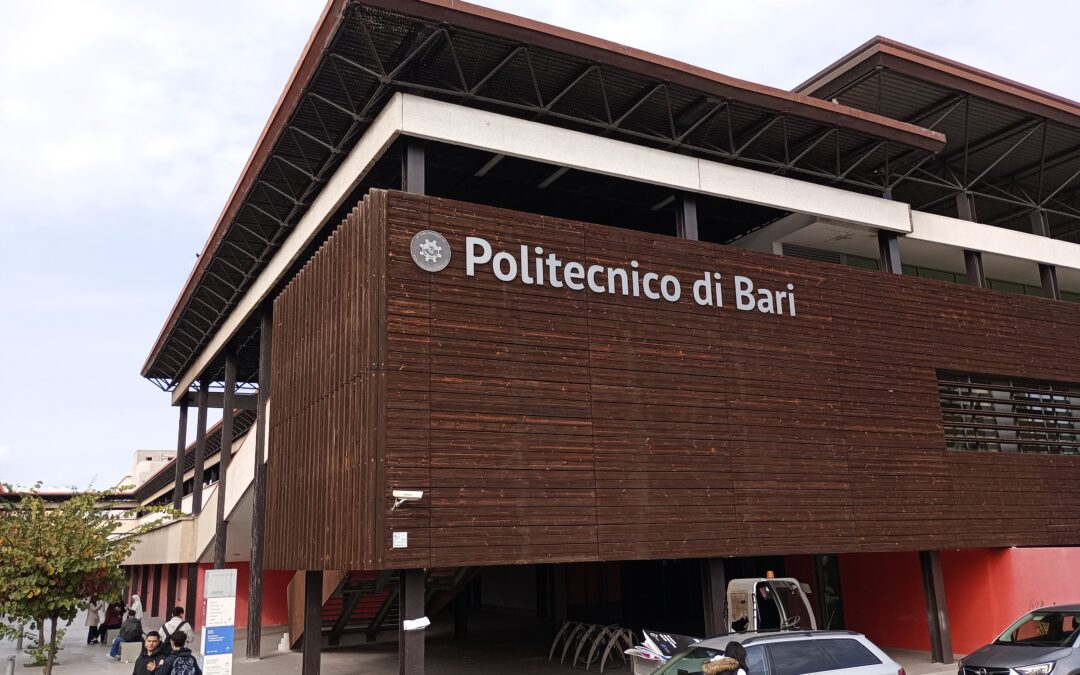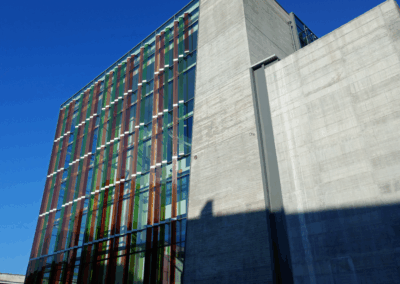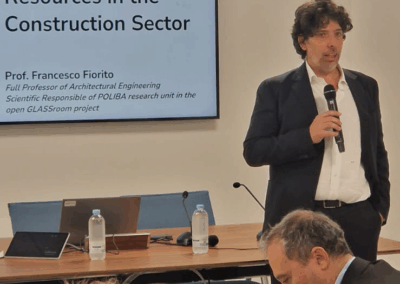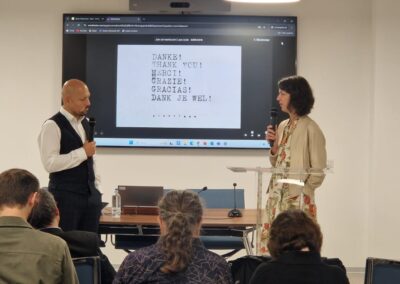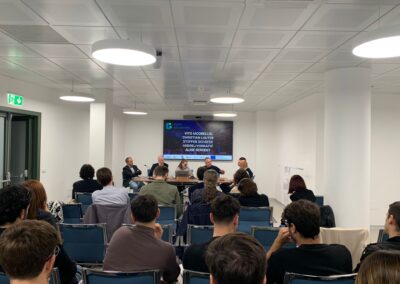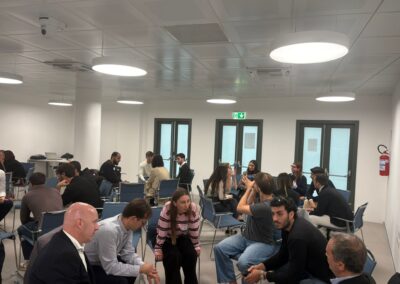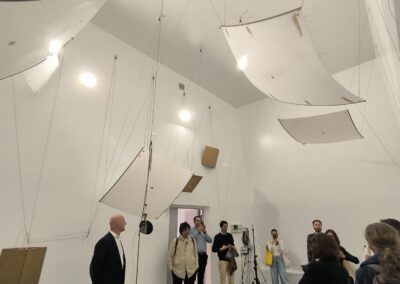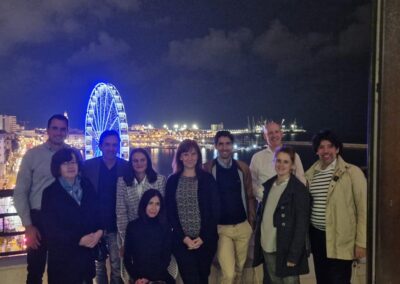Last week, the Open GLASSroom project team met for the final time in sunny Bari, Italy.
It was one of those moments that remind you how projects can be both endings and beginnings — a time to celebrate what has been achieved and to look forward to what’s next.
Between Laughter and Reflection
Of course, there was a touch of melancholy: this international, interdisciplinary team has worked together intensively and productively over the past years. The videos we produced are finally complete — or as complete as Open Educational Resources (OER) ever are. They will now make their way into classrooms, where the real testing and learning will begin.
At the same time, there was genuine excitement. Open GLASSroom has shown what can happen when people from different disciplines, institutions, and countries work openly together. For once, a project has delivered more than promised — not only in terms of outputs, but also in how deeply OER and Open Education have become part of our partners’ everyday practice. This wasn’t easy: it took many discussions, revisions, and a willingness to question established academic routines. But that’s exactly what openness is about.
The Grand Finale in Bari
Our hosts at the Polytechnic University of Bari (PoliBa) organized a remarkable final meeting.
The first day featured a conference titled “OER for the Construction Industry”, where we opened our consortium to a broader audience.
Among the speakers were Prof. Umberto Fratino (designated Rector of PoliBa), Prof. Vito Iacobellis (Vice-Rector for Innovation), Steffen Schäfer (German Flat Glass Association), and Andrej Vorkapić (Permasteelisa/Gartner).
Two insights stood out:
-
- Industry is ready and willing to engage — there’s curiosity and openness to collaborate on educational content.
-
- OER still needs more visibility and adaptation — the challenge is to make open materials relevant to different professional and cultural contexts.
We also discovered exciting regional OER initiatives, which show how openness takes shape differently across countries. Strengthening these connections could make the European OER landscape even more vibrant.
Looking Ahead
The second day was dedicated to the project wrap-up and future plans. Alongside final reporting, we explored new opportunities — at both European and national levels — to continue what we started.
Special thanks went to Jagoda Cupać, the driving force behind Open GLASSroom, and Christian Louter, who first brought the idea to life at TU Dresden.
Open — in Every Sense
What happens next?
All Open GLASSroom materials will soon be openly available on Edusources and YouTube. In 2026, TU Delft will launch a Professional Education course based on these resources. An Open Textbook is also in preparation, and new collaborations are already taking shape.
So while this project chapter closes, it also opens up — to new people, new ideas, and new ways of learning together.
That’s the essence of Open Education: everyone can join in, contribute, and take the work further.
We don’t yet know exactly where this openness will lead us — and that’s precisely what makes it so promising.
